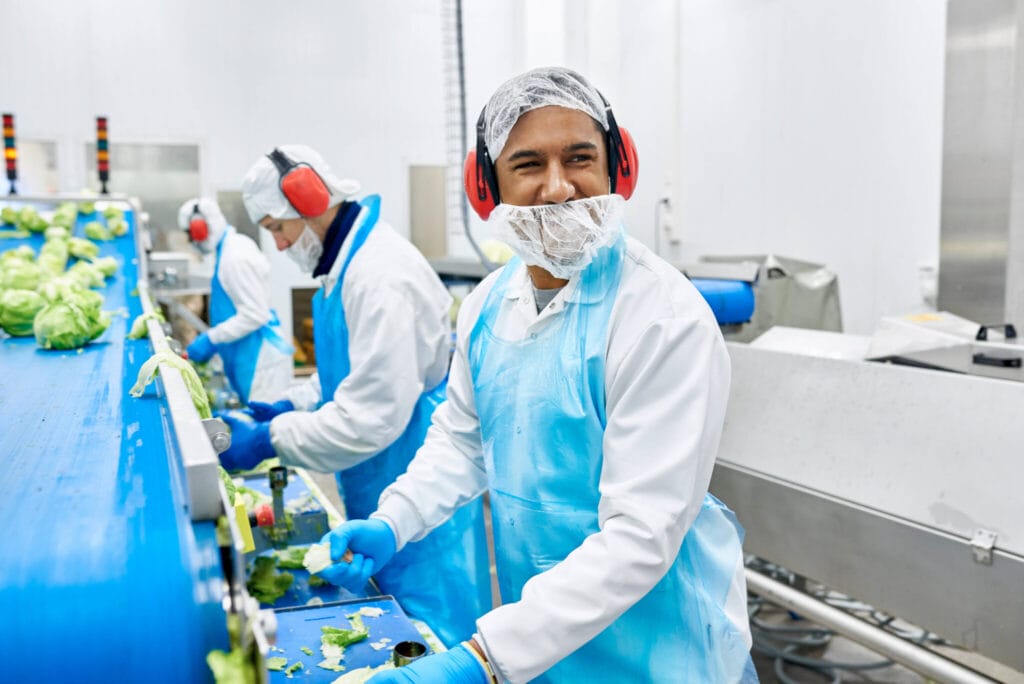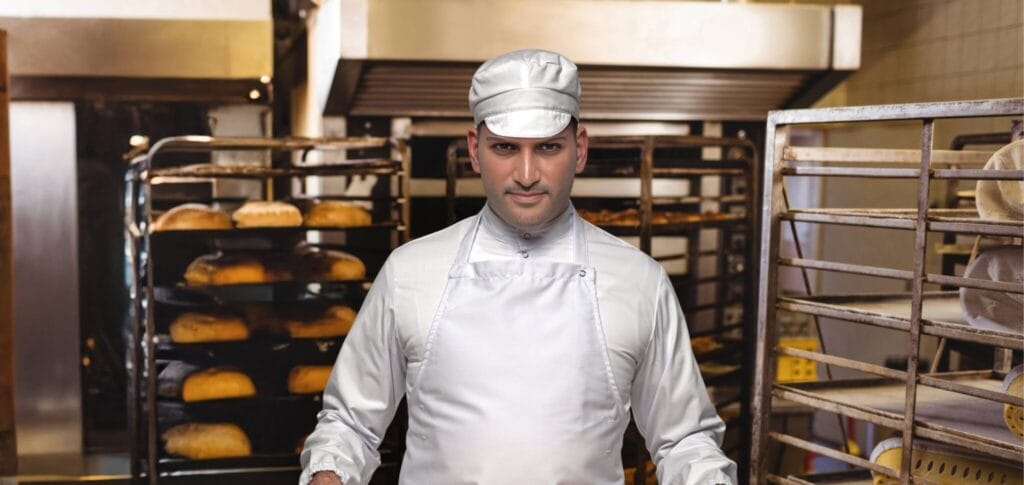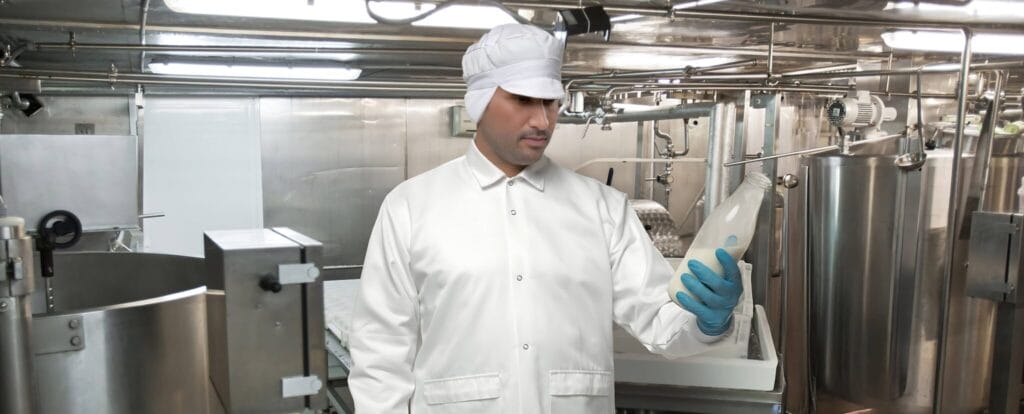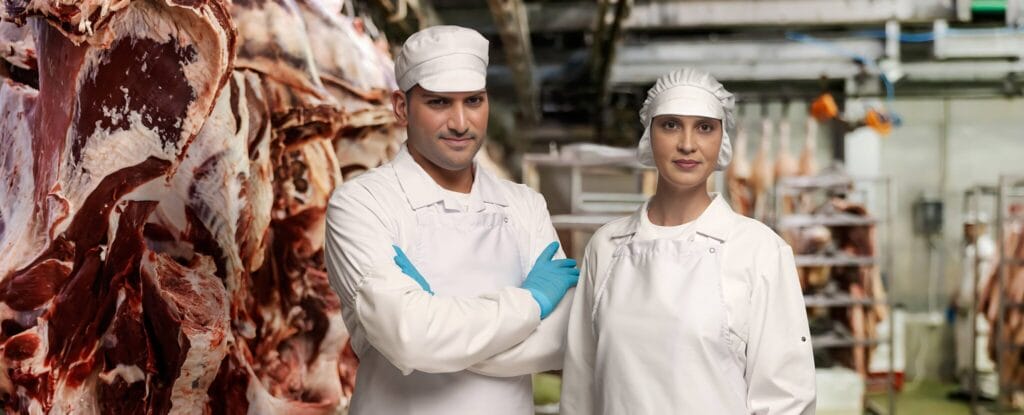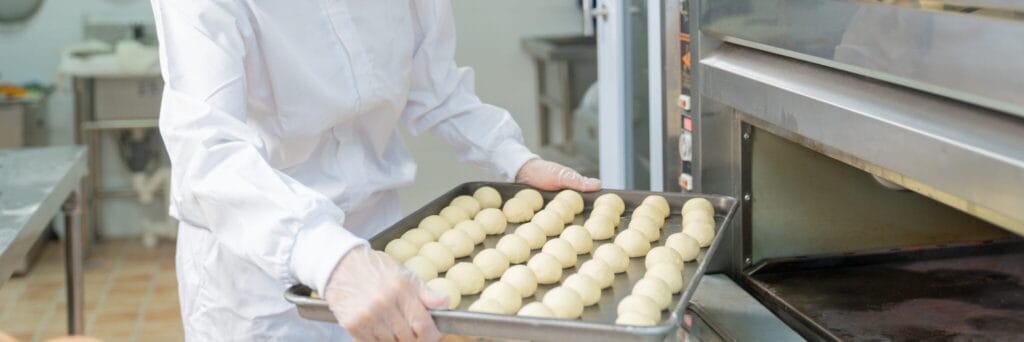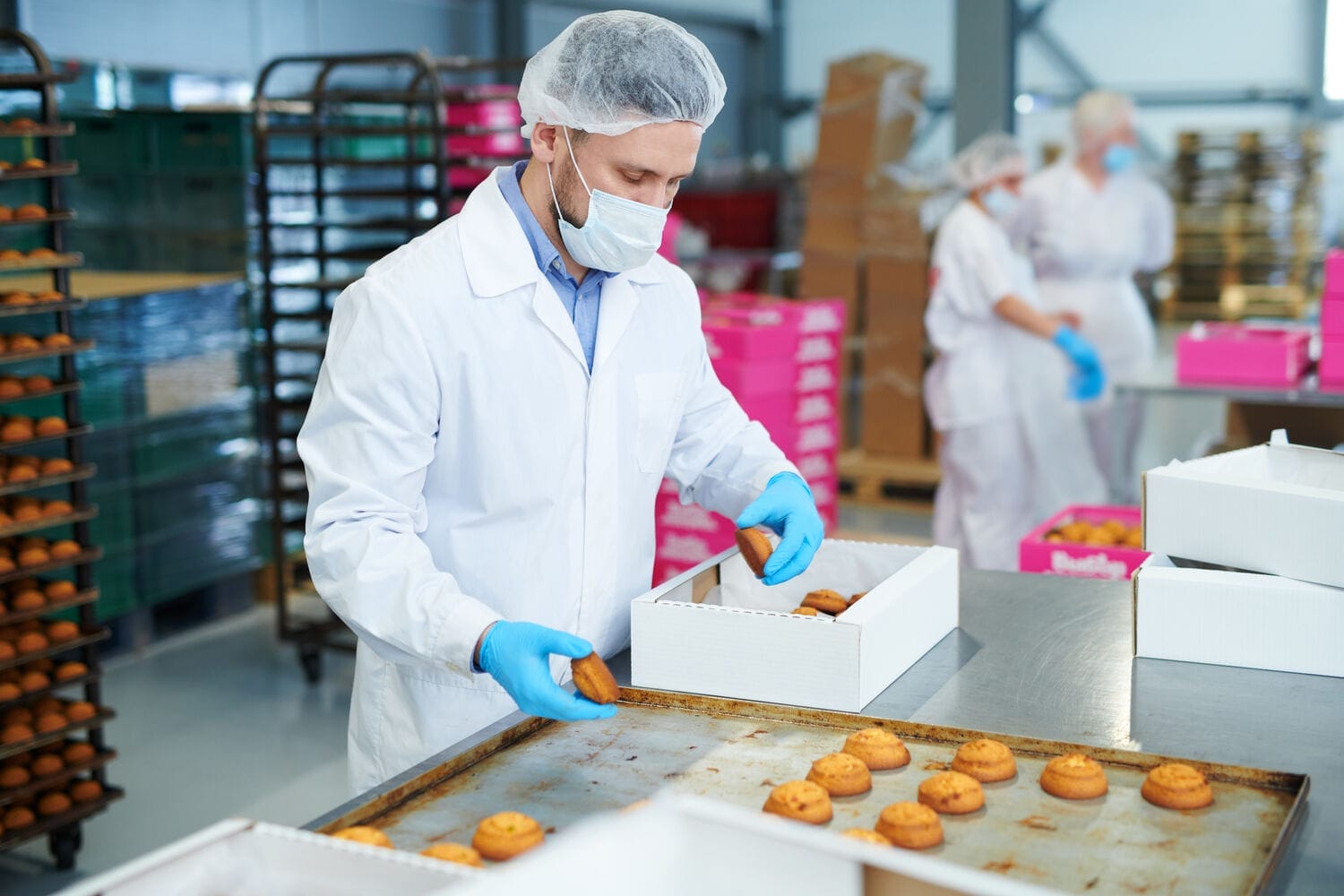
How Proper Workwear Impacts Safety and Brand Image for Companies Operating in the Food Sector?
Customer trust and compliance with set regulations in the food sector heavily relies on hygiene, safety, and professionalism. One of the best methods to maintain these standards are custom tailored food service uniforms. With a proper uniform policy, workers can maintain proper hygiene, safety, and enhance brand image.
People working in the food industry, such as cooks and waiters, need specific clothing that enables them to perform their jobs with ease and comfort.
Vital Points Concerning Food Service Uniforms:
Standards of hygiene and safety in the food sector are very strict; hence, the type of food service uniform is critical to compliance.
– Hygiene and Contamination Control: The right design and attire of food service uniforms prevents contaminates for meeting food. Non-absorbent fabrics coupled with antimicrobial coating helps to stop bacteria from spreading.
– Compliance with Safety Standards: A lot of food safety institutions and health organizations have guidelines on working uniforms for a reason. Purchasing compliant food industry uniform is an easy way to protect your business from regulatory breaches while increasing credibility.
– Brand Representation: Maintaining a brand’s name can be achieved through the well-designed, branded uniforms that embody professionalism. A branded uniform vividly portrays a company’s identity, thus telling the story of who they are as a company.
– Employee Comfort and Productivity: In the food service sector, the employees perform long hours of food prep or service, which require light and breathable clothing. Lightweight and tough materials can elevate the quality of the employees’ performance and satisfaction with the job.
Important Aspects of a Good Food Industry Uniform:
Not all uniforms provide the same degree of protection and comfort, nor do they need to offer the same functionality. Businesses looking for food service uniforms must have a checklist of operational requirements for the uniforms in question.
– Fabric Choice: Consider blends that won’t stain easily, allow the skin to breathe and are easy to wash. Cotton-polyester blends are some of the most comfortable and durable materials available.
– Protective Additions: Depending on the duties undertaken, a kitchen staff uniform might need a heat-resistant coating while a serving uniform would need a spill resistant apron.
– Ease of Maintenance: To meet the hygiene standards, uniforms need to be frequently washed, so having uniforms that can endure high-temperature washes without disintegrating is a must.
– Functionality and Fit: Practicality and quality of the uniform is also ensured without limits by reinforced stitching with box and cross stitching and position of pockets.
The Growing Preference for Sustainable Uniforms:
The new focus for many food business operators today has shifted to sustainable food industry uniform options.
– Use of Organic Uniforms: Companies have gradually shifted to using organic cotton or recycled polyester in their polyester to reduce environmental impact.
– Durable vs. Non-Durable Supplied Goods: Reusable uniforms for employees reduce waste on various levels and help maintain durability through laundering.
– Eco-Friendly Water Use in Washing: Certain food businesses partner with uniform cleaning companies that utilize efficient and eco-friendly methods of laundering uniforms.
Conclusion:
High-end garments referred to as food service uniforms do not only serve aesthetic purposes. They strategically improve hygiene, safety, and corporate image. For the kitchen staff that work behind the kitchen and the service staff that work from the front of the house, using appropriate food industry uniform is fundamental to operational competence. Parenthetically, businesses are trying to meet the competition dynamics or changes in forces and food service operational goals policies uniform selection remains an important consideration.
